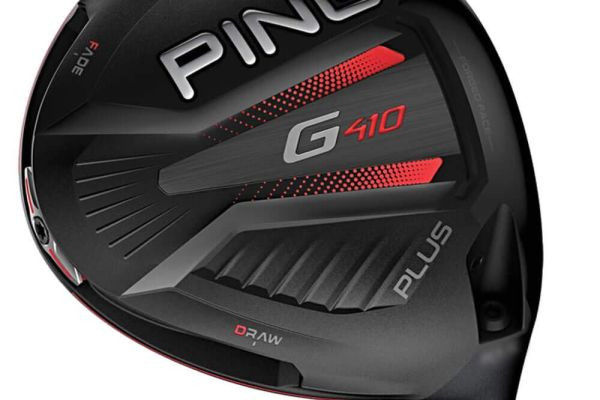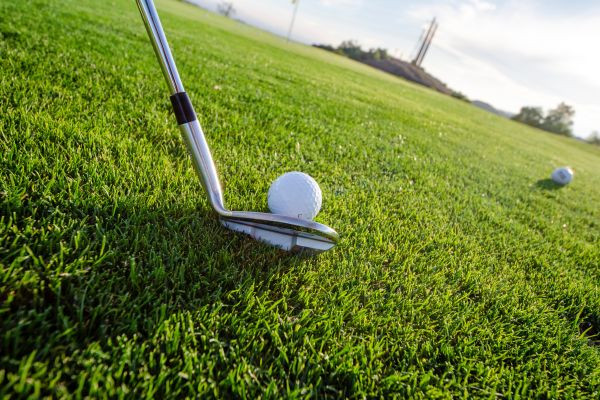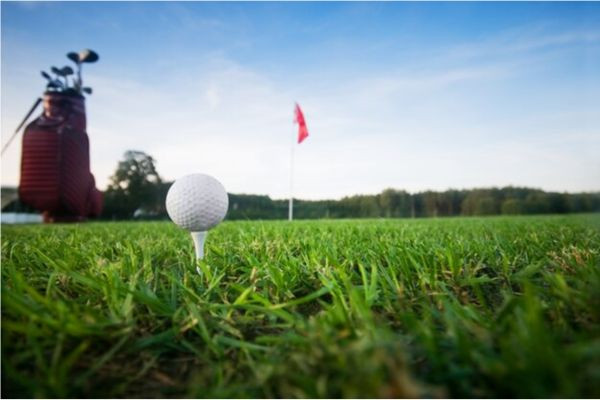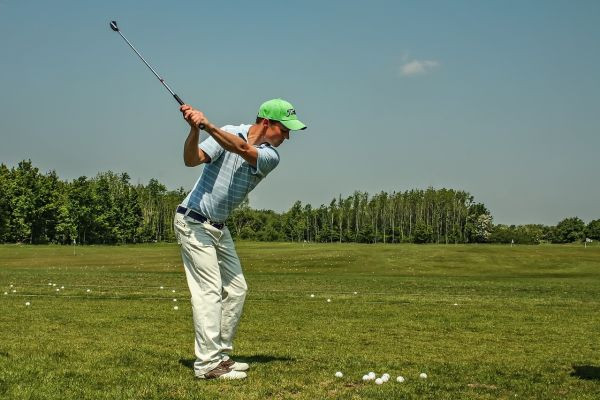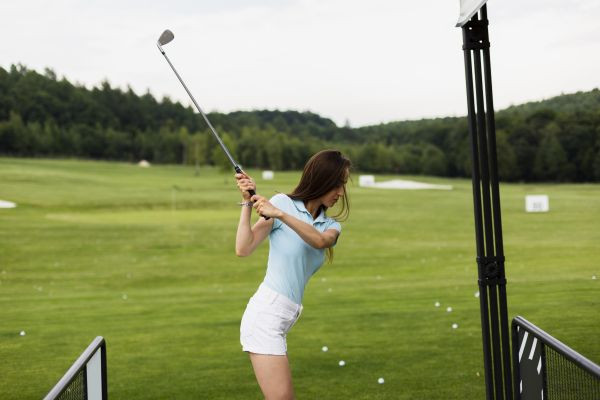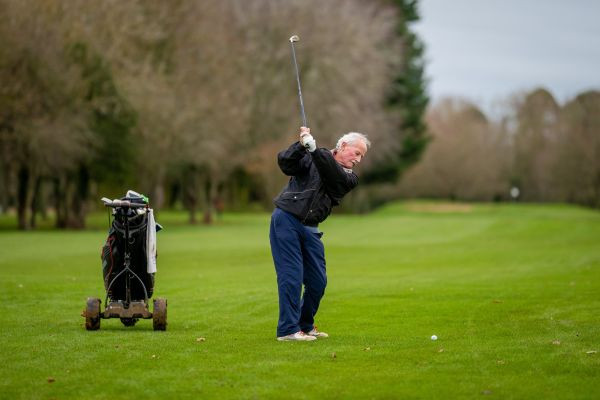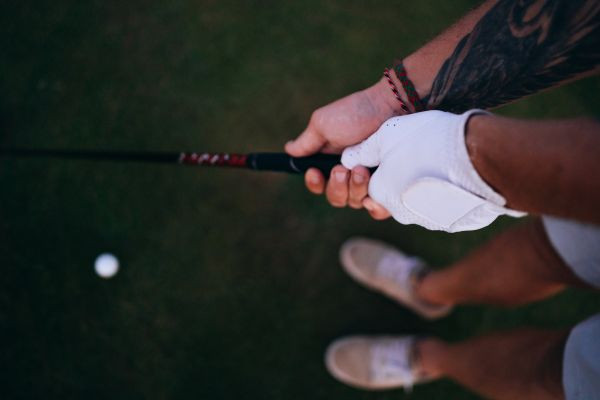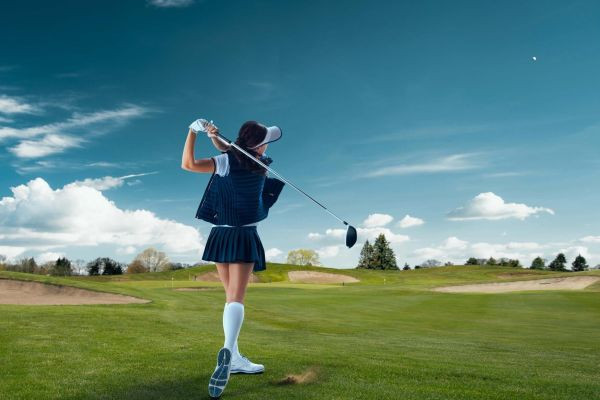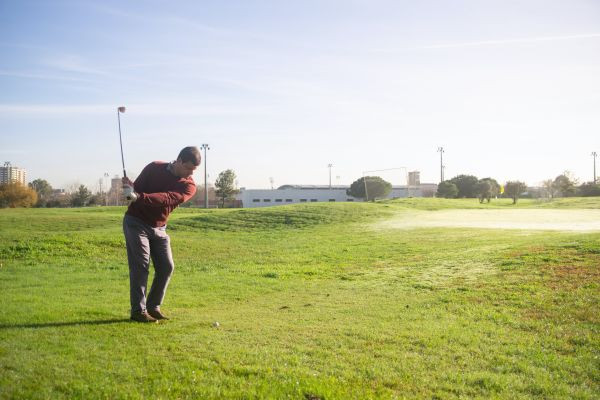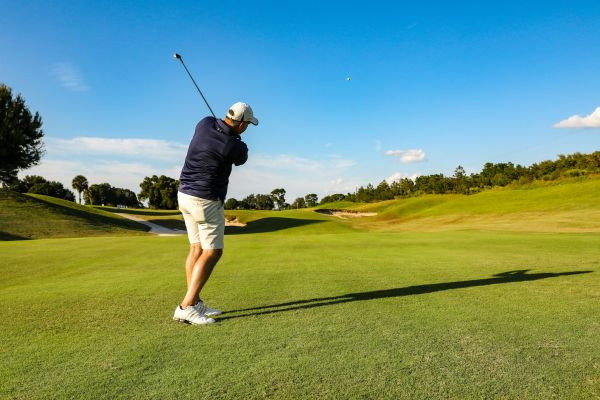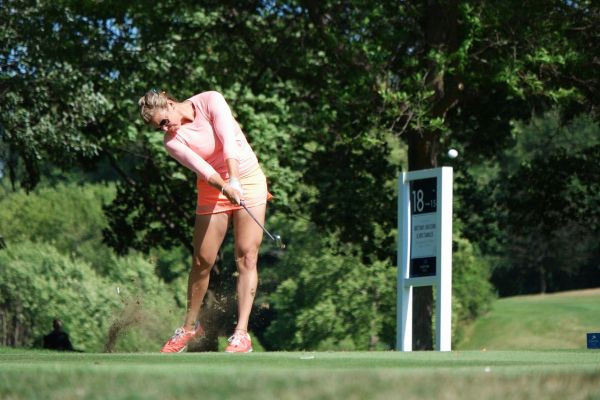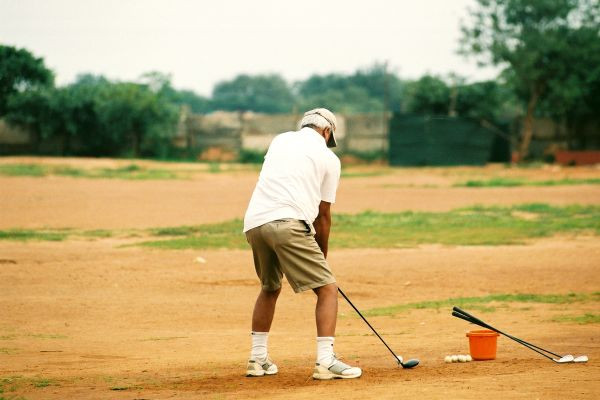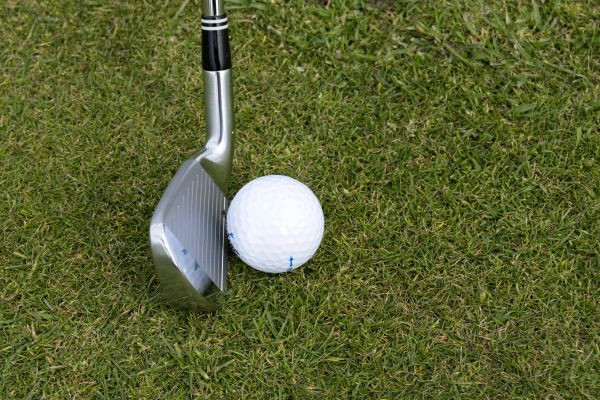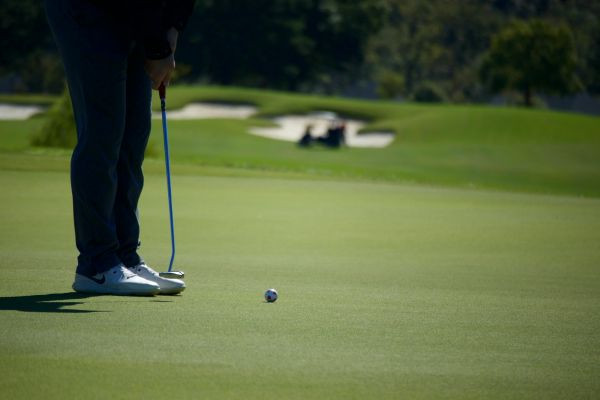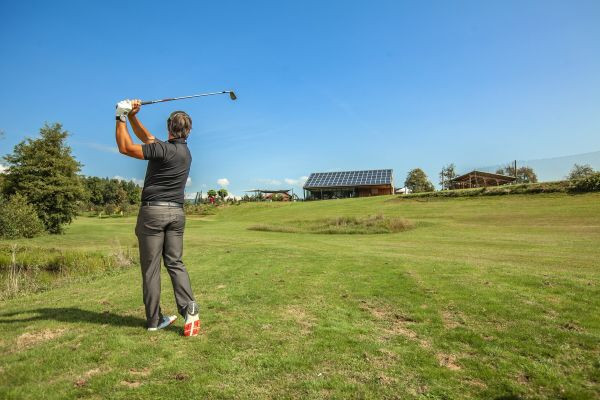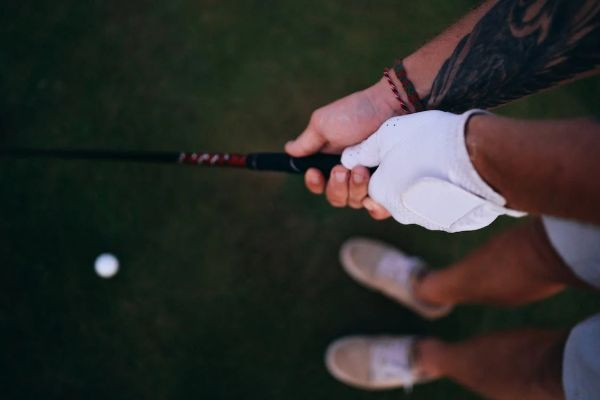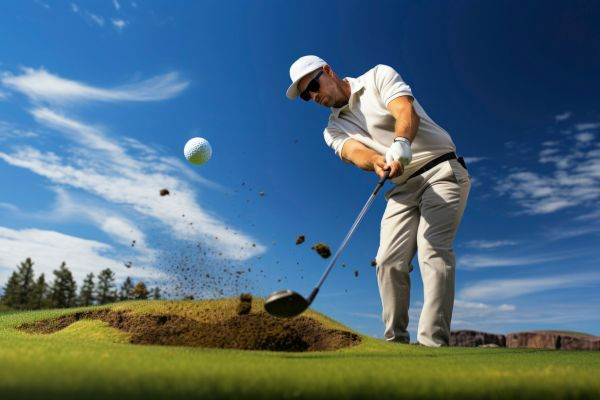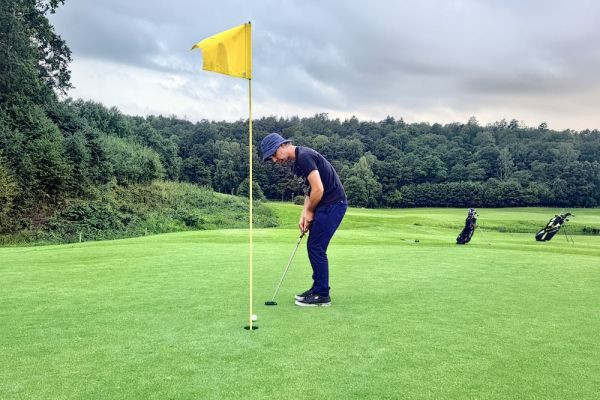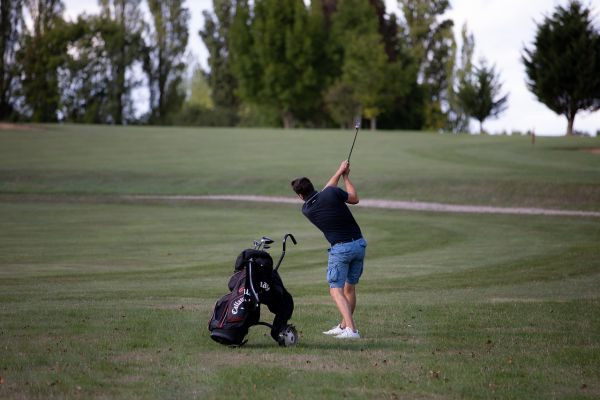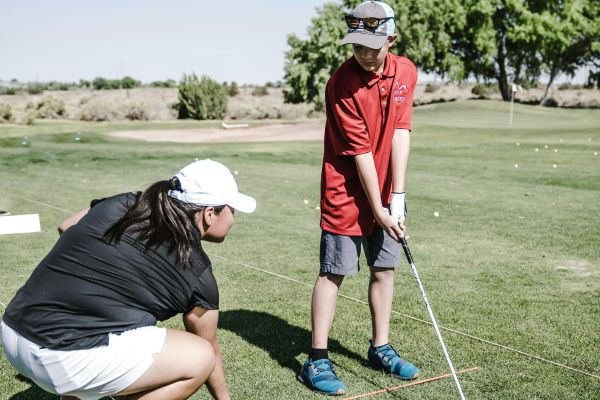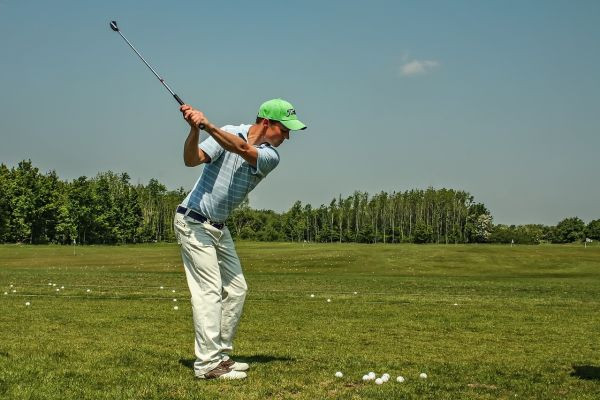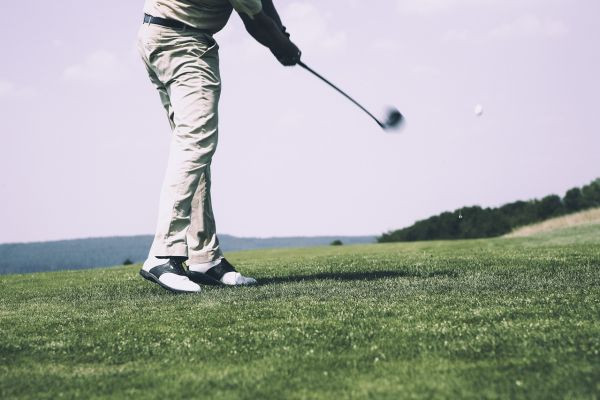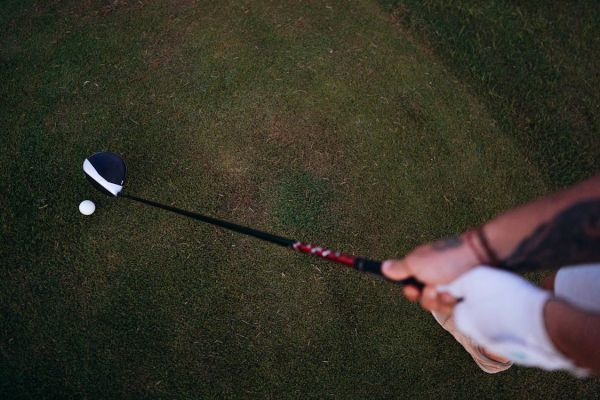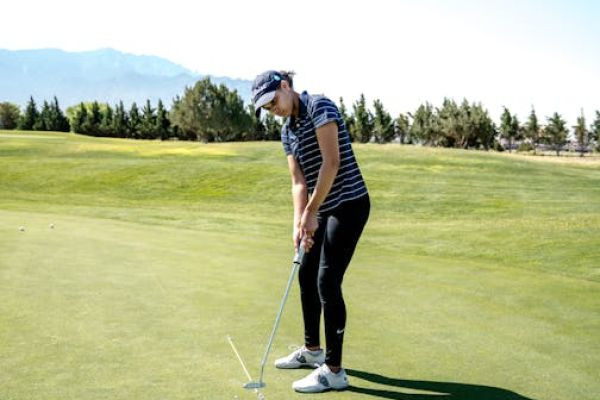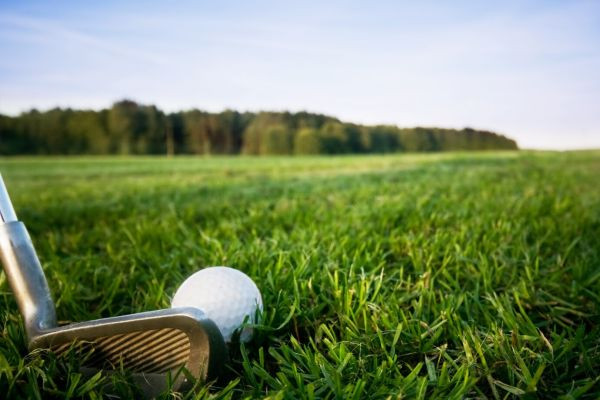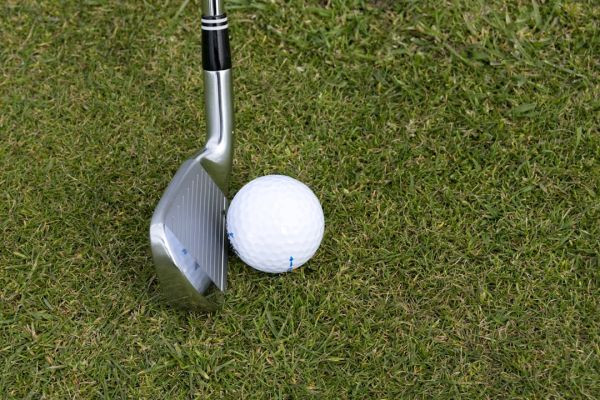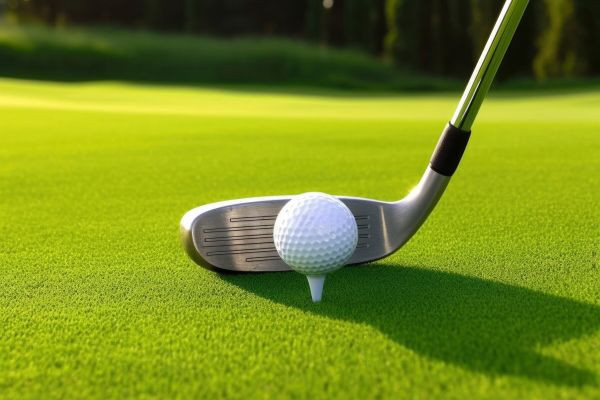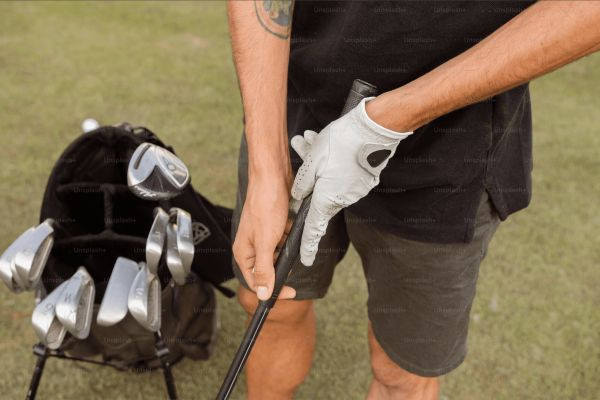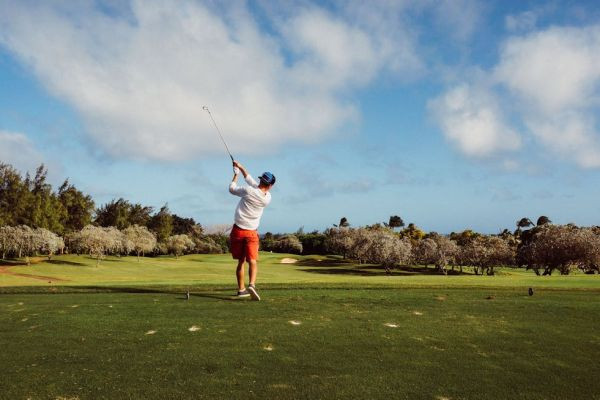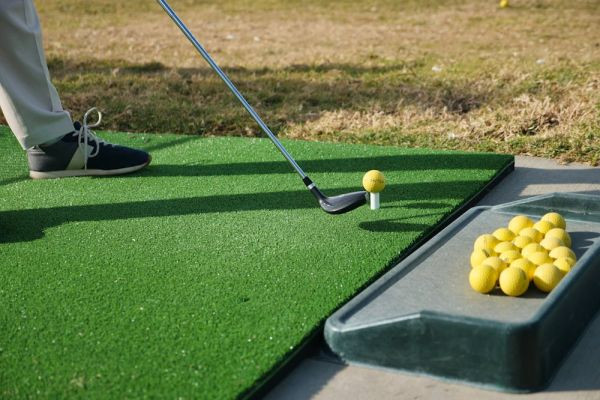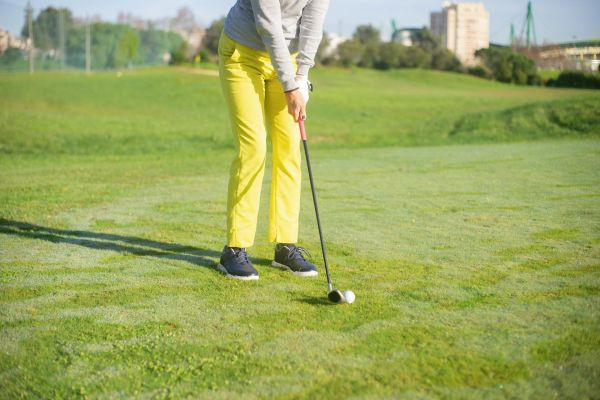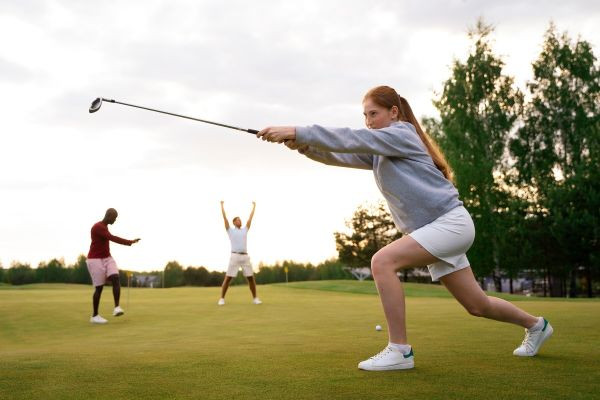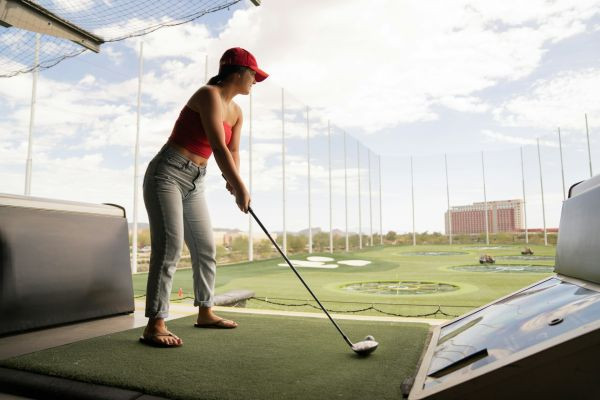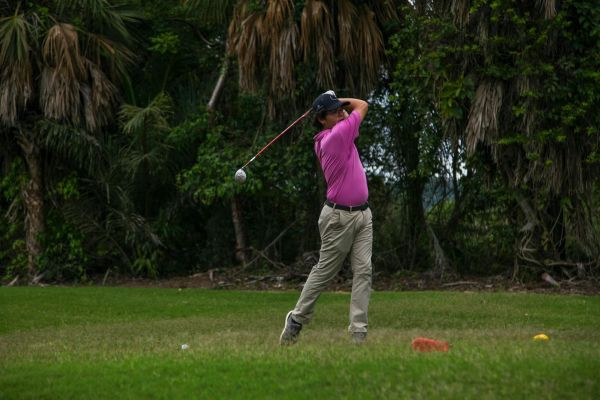Grip Techniques to Hit a Draw
When you step onto the golf course the power of your swing and the precision of your shot largely hinge on the subtleties of your grip. It's the primary connection between you and your club and master..
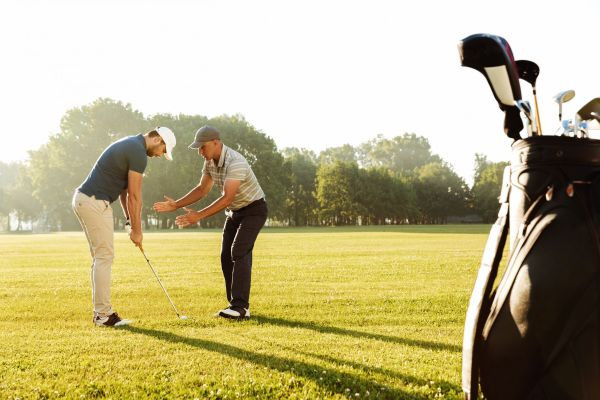
When you step onto the golf course the power of your swing and the precision of your shot largely hinge on the subtleties of your grip. It's the primary connection between you and your club and mastering it can significantly influence your game's outcome. In this comprehensive guide we'll delve into the art of adjusting your grip to hit a consistent draw, a shot that gently curves from right to left (for a right-handed golfer) and is coveted for its balance of distance and accuracy.
The Importance of Your Grip
Grip Basics
Understanding the fundamentals of a good golf grip is paramount. Your grip affects every aspect of your shot from the trajectory to the spin and ultimately the shot's direction. A solid grip can transform a frustrating round of golf into a victorious one.
The grip sets the stage for your swing dictating the clubface's orientation at impact and influencing the swing path. It's the first step in creating a predictable and repeatable ball flight enabling you to execute shots with confidence and precision.
Grip pressure is a subtle yet critical component of your grip. Many golfers mistakenly believe that a tighter grip will result in more control over the club and consequently the ball. However things often work the other way around. It's best to have a grip that's strong yet relaxed ensuring a smooth swing and excellent control.
Picture holding a tube of toothpaste without the cap. You should grasp it enough to prevent dropping it but not so tightly that toothpaste squirts out. This comparison perfectly captures the grip pressure. Secure yet gentle enabling you to swing with freedom and effectiveness.
Grip Types
Grip styles are typically classified into three categories; neutral, strong and weak. Each style has its features and impact on the flight of the ball making them better suited for types of shots and player preferences.
1. The Neutral Grip
Many players and coaches consider the neutral grip as the perfect choice. This grip aligns the hands on the club in a manner that doesn't encourage a closed clubface at impact. For golfers this creates a balance between control and flexibility allowing for a range of shots. The neutral grip is recognizable by the V shape formed by the thumb and forefinger of each hand pointing towards the golfer's shoulder (e.g. for right-handed players). The firm hold helps ensure the clubface is square when hitting shots.
2. The Strong Grip
A firm grip is a variation where both hands are turned towards the right side of the club (for right handed players). This adjustment in grip positions your hands to make it more likely for the clubface to close upon impact leading to a right to left ball flight.
This type of grip is commonly used for hitting a draw as it encourages an inward movement of the clubface through impact creating the desired spin for a draw. Golfers who struggle with slicing often find that switching to a firm grip helps them achieve a neutral ball flight or even produce that sought after draw shot.
3. The Weak Grip
On the other hand a loose grip involves rotating both hands towards the left side of the club (for right handed players) which tends to open up the clubface at impact. This type of grip is typically linked with fade or slice ball flights since a clubface at impact imparts left to right spin on the ball. Golfers who tend to hook may find adopting a loose grip helpful in stabilizing their ball flight path.
Techniques for a Successful Draw
Preparing for the Draw
Adjusting your grip to promote a draw is crucial in changing your ball flight. Before changing your grip make small tweaks to encourage the desired spin. A firm grip, where both hands are turned more to the right on the club handle can be beneficial. This type of grip makes it easier for the clubface to close at impact which is essential for creating a draw.
The Role of the Clubface
The position of the clubface when it strikes the ball plays a role in determining its flight path. To achieve a draw the clubface should be slightly closed in relation to the target line at impact. It should still be slightly open compared to the swing path. This precise alignment helps start the ball right of the target (for golfers) and then curve back left due to spin. Using tools like alignment sticks, on the ground during practice can enhance your understanding and mastery of this alignment.
The Swing Path
Your swing's trajectory largely influences both where the ball initially goes and how it spins afterward.
To hit a draw, it's important to follow an inside-to-out swing path. This means that as you bring the club down it should approach the ball from the inside of the target line and then move outward after impact.
This specific swing path when combined with an aligned clubface creates the spin needed for a draw shot. Practicing drills that focus on swinging out towards 1 or 2 o'clock (visualizing a clock face around the ball) can be very effective in developing this type of swing.
Fine-Tuning Your Grip for a Draw
Adjusting your grip is also crucial for achieving a draw. While starting with a neutral grip is key, making small changes like tweaking thumb positioning and adjusting finger pressure can make a difference.
For instance, applying pressure with the last three fingers of your right hand (for right handed players) can help promote a fuller release and enhance the draw effect. It's also important to maintain grip pressure throughout your swing. Gripping tightly can limit wrist movement while gripping too loosely may lead to loss of control.
Drills to Improve Your Draw
Perfecting the art of hitting a draw requires practice and specific drills. Developing muscle memory is key to making the draw shot feel natural enabling you to execute it in game scenarios.
Here are two effective drills that focus on ingraining the swing path and clubface alignment for achieving a draw shot:
The Tee Drill: This straightforward yet impactful drill involves positioning a tee six inches outside the ball (towards the target) in line with it. The goal is to strike the ball without touching the tee promoting an inside to out swing path for producing a draw. As you become more adept at this drill you can challenge yourself by moving the tee to refine your swing path further.
The Alignment Stick Drill: Place an alignment stick or golf club on the ground pointing directly at your target. Then set another stick parallel to it at your feet to ensure that your stance aligns with your desired swing path.
The aim of this exercise is to help your body position itself correctly encouraging the inside, to out swing path required for hitting a draw. By practicing your swings using this arrangement you'll naturally grasp the swing path and body alignment.
Common Mistakes and How to Avoid Them
A common mistake when trying to hit a draw is gripping too tight. It is one of the most common errors golfers make when attempting to hit a draw. Holding the club too tightly severely limits wrist flexibility, essential for proper clubface rotation and alignment at impact. To avoid this mistake, focus on maintaining firm, yet relaxed, grip pressure throughout the swing. A good test is to keep checking grip pressure during practice sessions to ensure it is consistent from setup to follow through.
Conclusion
It takes time and dedication to perfect grip techniques for hitting a draw. You’ll need to practice regularly and have a good understanding of your swing motion. However, by following these guidelines and dedicating time to practice, you'll find your shots curving beautifully down the fairway, closer to the hole than ever before.
Frequently Asked Questions (FAQs)
What's the main difference between a strong grip and a weak grip?
A strong grip places the hands correctly, allowing the clubface to naturally close as it reaches the ball, encouraging the golfer's ball to move right to left in the air. Conversely, a weak and ineffective hold on the club causes the clubface to stay open at impact as the club reaches the ball, which leads to the golf ball in the air moving from left to right and losing height and distance.
How can I tell if my grip is too tight or too loose?
If you feel tension in your forearms or if your hands become easily tired, your grip is too tight. If the club feels unstable during your swing, it may be too loose. Try to apply pressure that is firm but still comfortable, similar to how you would hold a small bird without squeezing it.
Why is an inside-to-out swing path important for hitting a draw?
Hitting the ball on an inside-to-out path creates the correct right-to-left spin for a right-handed golfer. This spin is essential for a draw. However, the inside-to-out path should be coupled with a clubface that’s aligned correctly at impact to give you the desired ball flight.
Can grip adjustments alone fix my slice?
Though it is very important to use the right grip and that it can change the ball's course, the grip usually requires a rather more comprehensive approach. To fix a slice, you often also need to modify your swing route, your stance and perhaps your clubs.
Are there specific drills that can help me maintain a consistent grip pressure?
Yes, a useful technique to practice during golf practice is the "towel drill". Place a small towel or a glove under your arm while holding the club. When you take a swing go through your whole motion without allowing the towel to get dropped. This practice will help you maintain a constant grip and ensure that your arms and body move together when you swing.
How do weather conditions affect how I should grip the club?
During wet weather a tighter grip might be necessary to keep the club from slipping. In cold conditions a looser grip can help to retain the feel of the club in the hands. Adapting your grip according to the conditions can help to ensure you keep control and effectiveness in your game.


